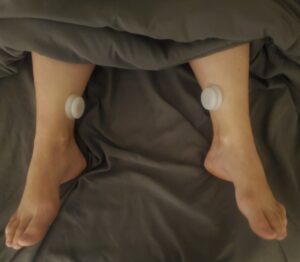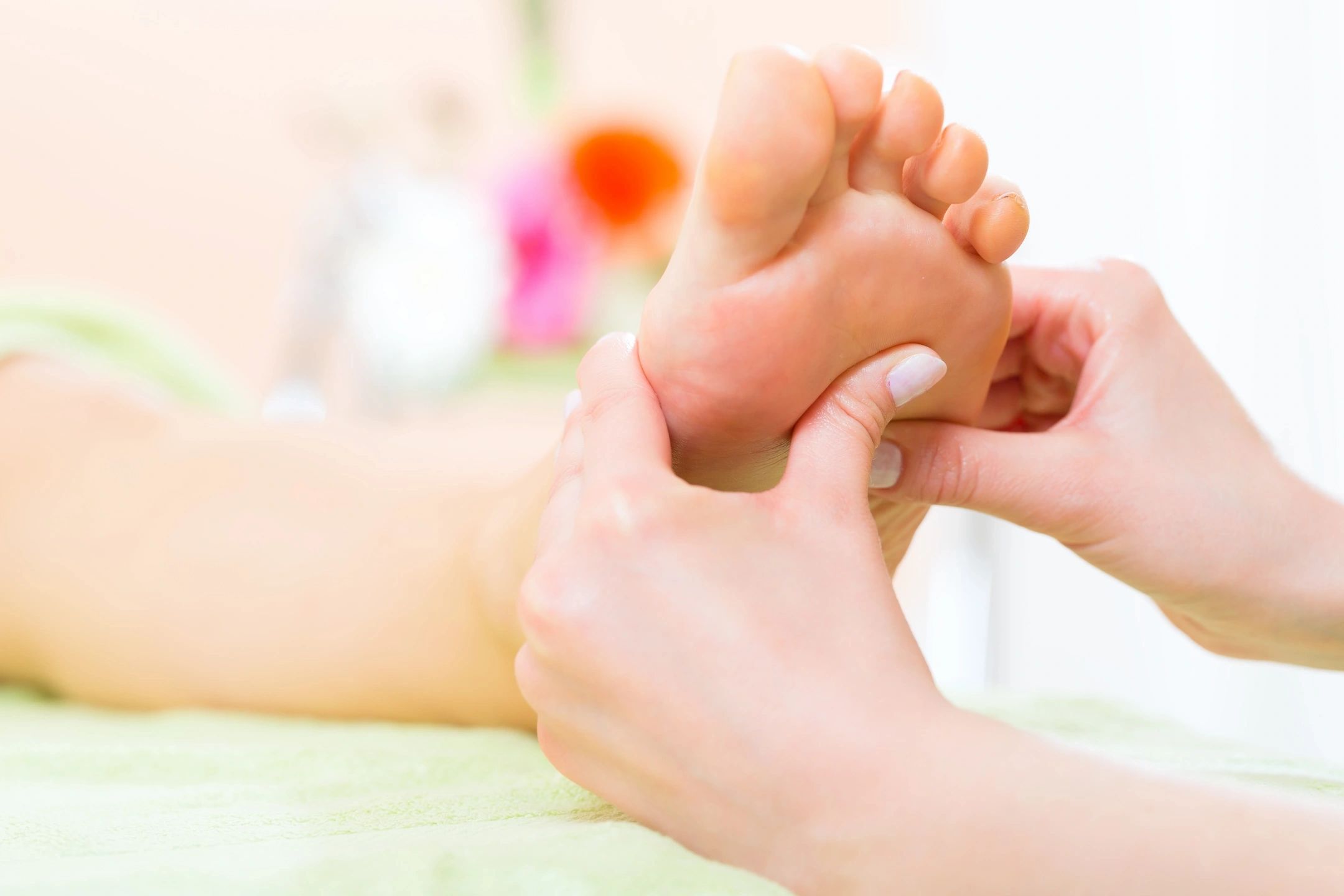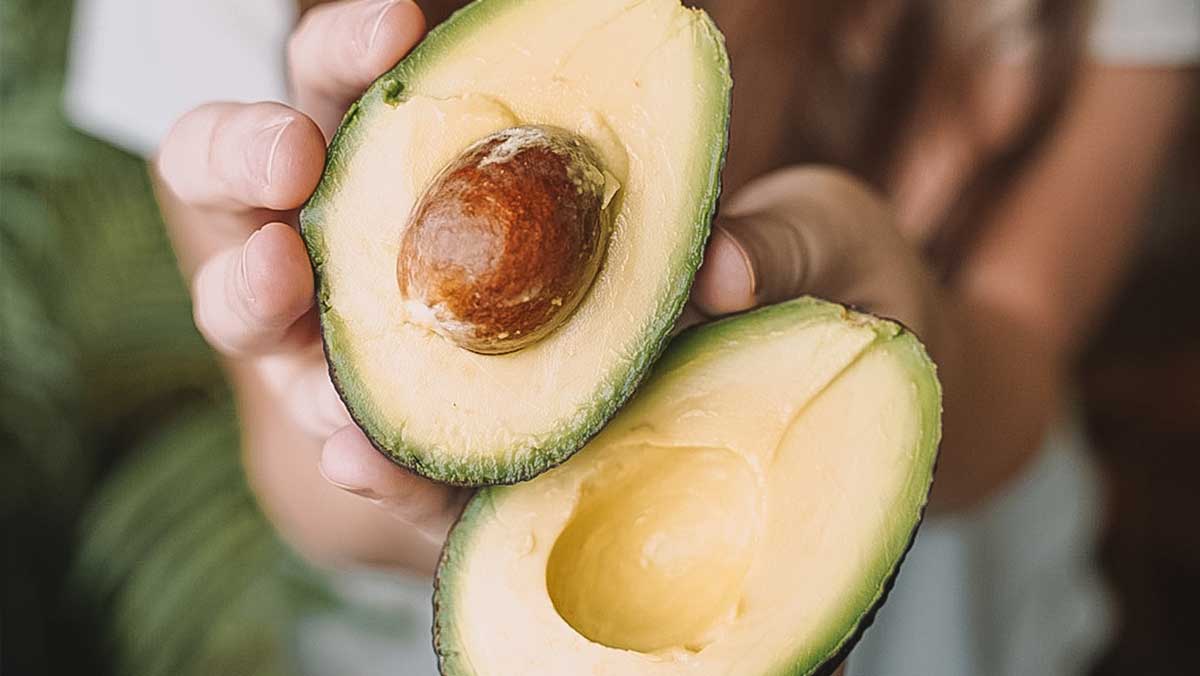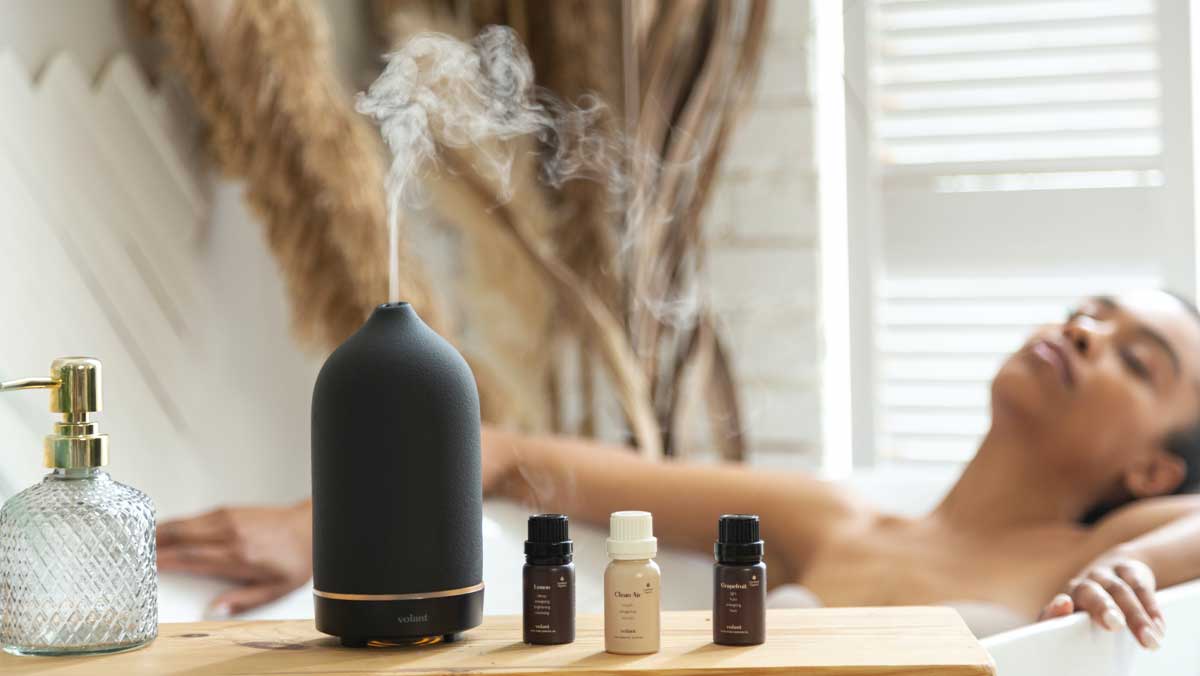What to Expect: Labor Prep Massage
I am often asked how a labor preparation massage is different from a standard prenatal massage and why it may be beneficial to receive weekly labor prep massages at the end of pregnancy. The standard Sage and Cedar prenatal massage focuses on comfort and symptom management. Toward the end of pregnancy, that focus shifts to helping your body and baby prepare for the best birth experience possible. I suggest that women with low-risk pregnancies who are hoping to go into labor spontaneously begin receiving labor prep massages weekly at 37 weeks gestation and until they deliver. For those anticipating an induction before 40 weeks, I suggest starting at 36 weeks gestation.

Will a Labor Prep massage cause me to go into labor?
No, nothing we do in your labor prep session will cause a body or baby that is not ready to instigate labor.
During a labor prep massage you will experience the following:
-The use of a special *topical* castor oil blend to help warm and relax abdominal muscles.
-Balancing techniques specific to the hips, abdomen and sacrum to eliminate tension that may translate to poor baby positioning or longer laboring.
-The *topical* use of Clary Sage essential oil to help stimulate uterine contraction.
-Acupressure and cupping over acupressure points to help stimulate uterine contraction.
-Massage focused on relaxing the jaw and diaphragm to help relax the pelvic floor.
-Red Raspberry Leaf tea when you leave to help stimulate the uterus and relax your soul.


What are the possible benefits?
-Better muscle and ligament balance in the abdomen, pelvis, and hips may promote better baby positioning and a shorter, more comfortable labor.
-Touch is the first sense that babies develop in the womb, beginning at about eight weeks of gestation. Abdominal massage performed on the pregnant human may help support sensory and proprioceptive development in your baby!
What else can I do to help prepare for labor?
-Apply S&C labor prep belly oil to your belly and low back two times a day.
-Have lots of sex. Sperm is a natural prostaglandin and can help ripen the cervix. (Please stop having lots of sex if your water has broken due to risk of infection!)
-Nipple stimulation. Pumping on each side twice a day for ten minutes helps stimulate Oxytocin production.
-Visit Vail Valley Wellness for preparatory acupuncture (contact them around 30 weeks to really get a head start!)
-Visit Be Well Barn for additional Webster Technique Certified chiropractic care!
-Eating up to six dates per day may help ripen the cervix. (Pro tip: Spread these out throughout the day and take a 10 minute walk after consuming them to help balance blood sugar!)
-Drinking up to four cups of Red Raspberry Leaf Tea or S&C Labor Prep Tea per day starting at 36 weeks.
Have questions?! Send me a Message!
Free Postpartum Plan for Family and Other Visitors
After you have a baby, you will likely receive an influx of people wanting to visit, meet baby and help out around the house. For many of us, delegating household tasks to well meaning visitors can be a challenge. This leaves new parents schlepping the trash out, or folding laundry while visitors snuggle the newest family member. This printable is designed to be placed on your refrigerator, front door or even on social media. This makes is easy for visitors to determine how they can be most helpful! That way, when they do get those baby snuggles, you can sneak away for a shower or nap!
The printable starts with a fun introduction to baby including name, birth date and other details. I also find it helpful to remind visitors to wash their hands and to not kiss baby’s face and hands. These are good ways to spread germs; so the printable has a little note about this. There is then a section you can fill out that includes meals the family enjoys, chores you need help with and a place for notes.
What To Eat Toward End of Pregnancy, During Labor and Postpartum
Knowing what to eat during pregnancy can be hard! Toward the end of pregnancy, baby leaves little room for full meals so it is important to make sure that the foods you eat are nutritious and help prepare you for labor! During labor, you continue to need a steady source of energy, but dense foods just won’t do. Postpartum, your body is using resources like crazy to help you heal and, if you choose to chestfeed, help you produce enough nutrient-rich milk for your new addition. Confused yet? Don’t worry! Our free printable will give you an overview of some great foods and beverages for your last month of pregnancy, labor and postpartum!
Foods For The Last Month of Pregnancy:
Emphasis: Iron, Protein, Healthy Fats
- Meats
- Avocados
- Beets
- Seeds/Nuts
- Nettle and Red Raspberry Leaf Tea
- Dried Apricots
- Beans
- Oats
Foods For Labor and Delivery:
Emphasis: Quick, Easy Energy
- Honey
- Oatmeal
- Chia Pouches
- Granola Bars
- Electrolyte Beverages (Gatorade, Coconut Water, Etc.)
- Ginger Tea
- Yogurt
- Pudding
- Jello
Foods For Postpartum:
Emphasis: Nutrient Dense, Calorie Dense, Iron Rich (Remember you burn approx. 500 extra calories per day if you are nursing and your body has undergone incredible exertion and blood loss).
- Fresh Fruit
- Vegetable heavy soups in bone broth and/or containing meat and/or legumes.
- Beets
- Spinach
- Nettle and Red Raspberry Leaf Tea
- Multigrain baked goods (especially those containing seeds, oats, pumpkin, molasses)
- Dried Apricots
- Seeds/Nuts
- Sweet Potatoes
Note! Your body has just undergone a major feat…growing life and birthing it! Be kind to yourself and let yourself indulge! Cinnamon rolls, Taco Bell, pizza, soda…Don’t forget to mix rewards in with your healthy foods!
Three Essential Oils for Pregnancy
There are a number of essential oils that are safe during pregnancy! If you aren’t sure, reach out to me and I am happy to answer your questions! There are a few that I come back to time and time again to sooth general prenatal complaints and provide an overall sense of well being.
Rose
“This love is the rose that blooms forever.”
–Rumi
While pure rose essential oil can be costly, Rose Absolute oil offers the same benefits with the more affordable perk of being prediluted (typically in jojoba oil.) Rose oil is calming to the mind and is wonderful for the skin (which can be extra sensitive during pregnancy!)
(Tip: Add a drop or three of rose absolute to your face moisturizer)
Lavender
We lavender folk spray up, spontaneously flowering in the color we had learned as an identifying mark of our culture when it was subterranean and secret.
-Judy Grahn
Lavender is one of the best known essential oils. With good reason! It can soothe frazzled nerves, calm and anxious heart, relax tense muscles! It is considered one of the safest essential oils available for a wide range of people.
(Tip: Add a few drops of lavender oil to 1 oz. of carrier oil (I like jojoba, grapeseed or sunflower!) rub this on your belly and low back before bed at night)
Sweet Orange
“ORANGE is the happiest color.”
-Frank Sinatra
While there is a great deal of emphasis on calming during pregnancy, sometimes a person needs a little “get-up-and-go,” especially while growing a tiny human! Enter sweet orange oil. Another oil that is known for safety, it provides a wonderful pick-me-up when you are dragging and is a fantastic mood booster!
(Tip: Make a room spray with 3 oz of water, 1 oz of rubbing alcohol, vodka, or witch hazel, and 10 drops of sweet orange oil. Use this to mist the air when you need a boost during the day!)
Let's Talk About Diffusers in The Birth Room
Everyone knows that I love aromatherapy. I have been dabbling with essential oils since I was 15 and since having my eldest, have gotten more serious about learning the practical, and more importantly, SAFE applications for essential oils. Especially for pregnant humans and kids!
This learning has caused me to discourage the use of diffusers during active labor and delivery in my doula practice. The lungs of a newborn do not need to be introduced to tiny essential oil particles as soon as they are out of the womb and learning to breathe air properly. Essential oil molecules have to be processed through the liver and some of them have some pretty powerful chemical constituents. (Disclaimer here- this is not a discussion about the “purity” of an oil. Essential oils have chemical components even in their least adultured state and sometimes these components can present hazards.)
Does this mean no essential oils during labor and delivery? No Way! Here are some of my favorite ways to use essential oils with my clients…
- On a washcloth: place a drop or two of pregnancy safe essential oil on a washcloth and run cool water over it. Use this to dab the forehead, neck, and shoulders of the person in labor. (I like to put it on a corner of the cloth to decrease risk that the most concentrated area of oil will be near the eyes).
- On a cotton ball or in a personal inhaler: Place a drop or two of essential oil on a cotton ball, folded up square of tissue, or the cotton cartridge for a personal inhaler (these can be purchased online.) Place the item in the corner of a pillowcase or have the laboring person hold it to smell as needed.
- As a room spray: Fill a spray bottle ¾ of the way with water and ¼ of the way with vodka, rubbing alcohol, or witch hazel. Add 3-4 drops of essential oil (please note, citrus oils will eat through plastic!) Give the bottle a good shake before misting the room!
- For massages (situationally): 1-2 drops of oil in an ounce of carrier oil (jojoba, avocado, etc,) or neutral lotion. This can be massaged on the legs and feet, arms, or neck/shoulders. Please avoid using anywhere near the vulva or mucous membranes including eyes/nose/mouth.
Aromatherapy can be great in the birthing room, just so long as it is used safely!
Why Not Face Down?
One of my favorite things to tell my prenatal clients is to “let that belly hang!” Any opportunity to point your belly button toward the floor is a good one, leaning on counters, the back of the couch, your significant other- the options are endless. This can also be helpful in getting the baby into the best position for birth!
So it seems a little odd when I tell my clients that I do exclusively side lying and modified supine positions for my massages as opposed to using prenatal bolsters with a cut out that allows for laying prone.
A large part of my practice revolves around balance and mobility. As a pregnant belly grows and shifts, the muscles and ligaments that support it also change. They stretch and can become weakened or painful. Prenatal bolsters that allow the belly to point down can inhibit mobility in the hips and pelvis, and restrict blood flow to these essential tissues. This is especially true with pressure applied to the back for an extended period as in massage.
Using side-lying and modified supine positioning allows me to effectively work back and hip muscles while maintaining the balance needed for optimal fetal positioning as well as maximum comfort for the birthing person.







